1. teachers
1.1. young
1.1.1. inexperienced
1.2. key persons in student's learning
1.2.1. need parents' support
1.3. need practical tips
1.3.1. empower whit tools
1.4. lack training at Uni
1.4.1. need current info
2. english
2.1. Foreign language
2.1.1. third, fourth or fifth language
2.2. classroom
2.2.1. groups of students
2.2.2. differentiation
2.3. non-transparent
2.3.1. difficult spelling
2.3.1.1. Spelling hasn't been revised since the 18th century
2.4. different sounds
2.4.1. too many vowels
2.4.1.1. homonyms and homophones
2.4.2. tongue twisters
2.5. Words that originate form different languages
2.5.1. different spelling conventions/rules for different words
3. students
3.1. primary
3.1.1. 1-3 years of instruction
3.2. Moroccan
3.2.1. mother tongue
3.2.1.1. Darija
3.2.1.2. Tamazight
3.2.2. second language
3.2.2.1. Arabic (Fusha)
3.2.2.2. French
3.3. cognitive overload
3.3.1. start learning two SL at once
3.3.2. curriculum tolerance
3.3.2.1. teacher tolerance
3.4. about 10% dyslexic
3.4.1. others show signs
3.4.1.1. because of student load
3.4.1.2. English is not transparent
3.4.1.3. inappropriate teaching methods
3.4.1.4. low exposure to English
3.4.2. sometimes mis-labeled
3.4.3. parents are ashamed
3.4.3.1. try not to disclose the 'diagnosis'
3.4.4. no real inclusion on the school level
4. Training
4.1. EFL teachers
4.2. Online courses
4.3. Face-to-face workshops
4.4. longer courses
4.4.1. series of workshops
4.5. Aide-memoire
4.5.1. infographics
4.5.2. Interactive images
4.5.3. booklet
4.6. skills
4.6.1. mind mapping
4.6.2. digital tools
4.6.2.1. read-write software
4.6.2.2. voice spice
4.6.2.3. virtual cork board
4.6.2.4. quizlet
4.7. recognize the signs
4.7.1. don't diagnose
4.7.2. apply the methods for everyone
4.8. understand dyslexia
4.8.1. inclusion VS differentiation
4.8.2. neuro-behavioral aspect
5. dyslexia
5.1. activities
5.1.1. reading
5.1.2. writing
5.1.3. multi-sensory
5.1.4. dynamic
5.1.5. relevant
5.1.5.1. personalized
5.1.5.1.1. differentiation
5.1.6. accommodation
5.2. language processing
5.2.1. phonology
5.2.2. memory
5.2.3. rapid naming
5.2.4. decoding
5.2.5. encoding
5.2.5.1. Misspelling
5.2.5.2. Mixing up Capital Letters and lowercase
5.3. the brain
5.3.1. left-right hemisphere
5.3.1.1. right brain dominance
5.3.2. neural paths
5.3.3. plasticity
5.4. behavioral
5.4.1. restlessness
5.4.2. low self-esteem
5.4.3. emotional
5.4.3.1. right brain dominance
5.4.4. creativity
5.4.4.1. 3D thinking
5.5. learning difference
5.5.1. Matthew effect
5.5.2. Learning Difficulty
5.5.2.1. Learning Disability
6. schools
6.1. inclusion policy issued in 2019
6.1.1. primary concern
6.1.1.1. physical disability
6.1.1.2. underprivileged students
6.1.2. most teachers are not aware of it
6.1.3. long term project that needs changing of beliefs
6.2. no effective solutions for dyslexic students
6.2.1. no accommodation
6.2.1.1. Dyslexia is seen as a disability, not a Learning Difference
6.3. two types
6.3.1. private
6.3.1.1. dyslexic students have remedial classes
6.3.1.1.1. more workload
6.3.1.1.2. more time at school
6.3.1.1.3. more sitting and reading
6.3.2. public
6.3.2.1. no real strategies for dyslexic students
7. NGOs
7.1. Association for Dyslexia (Rabat)
7.1.1. regular training
7.1.2. proactive
7.1.3. student and parent consultation
7.1.4. creates online activities
7.1.5. needs support and expertise
